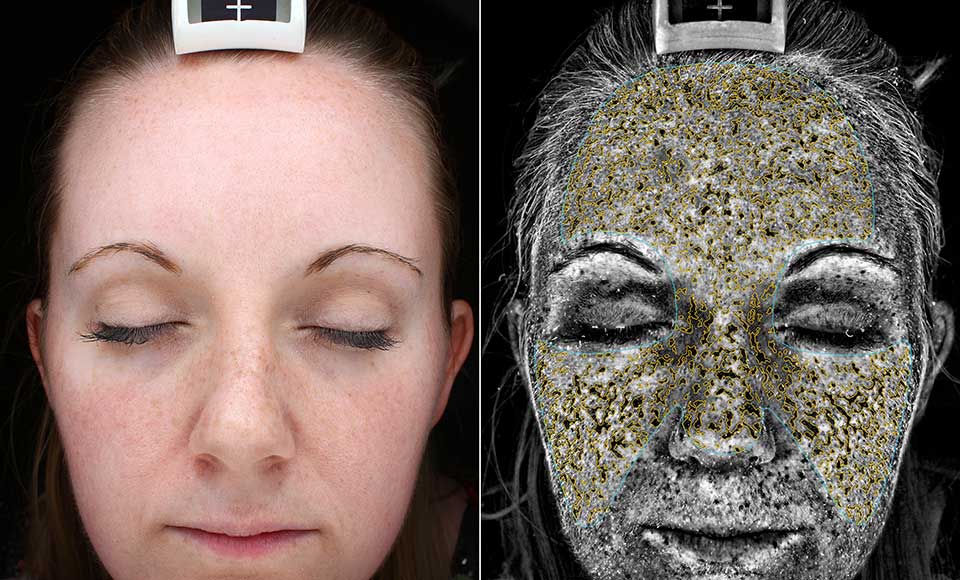

The EWG estimates half of the sunscreens you can purchase in the United States today would not pass more rigorous sun protection standards in Europe. Hawai’i issued a ban on oxybenzone in sunscreen, which took effect in 2021″.Īlso interesting to note–the EWG study found that while many recreational sunscreens on the market in the United States can help prevent sunburn, they still do not offer protection against harmful UVA rays which can cause aging and even melanoma.Įmily Spilman, a program manager on EWG’s Healthy Living Science team said, “We found that only 25 percent of sunscreens available on the market offer good broad-spectrum protection without troubling ingredients, which underscores the importance of stricter standards. This year’s EWG report also stated: “ Oxybenzone is still allowed for use in sunscreens sold in most states and is now used in only 13 percent of non-mineral recreational sunscreens.

While it is still found in some sunscreens, the EWG noted it was only found in 6% of the SPF products they tested which is a significant drop from last year. The primary ingredient raising red flags is oxybenzone which the EWG says is a hormone disruptor. Related: Best Beaches in Florida for Families The organization also introduced 12 EWG Verified sunscreens this year from top brands like Beautycounter and Babo Botanicals. In fact, some sunscreens earned a newly coveted ‘gold standard in sunscreen protection’ from EWG. The high number of sunscreens tested also means 411 sunscreens “measured up to EWG’s rigorous testing standards”. The EWG tested more than 1,700+ sunscreen products and found that only 25% offered adequate protection with no worrisome ingredients.īut, don’t fret. The Environmental Working Group released its 17th annual Guide to Sunscreens and the findings are not much better than last year.


 0 kommentar(er)
0 kommentar(er)
